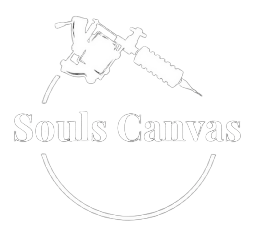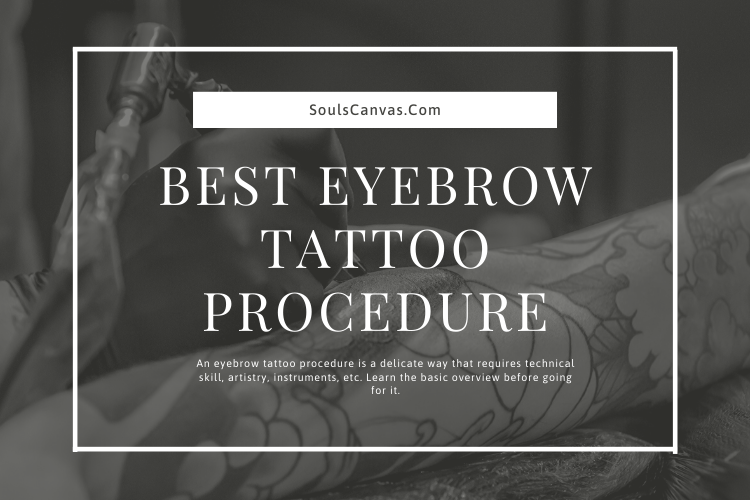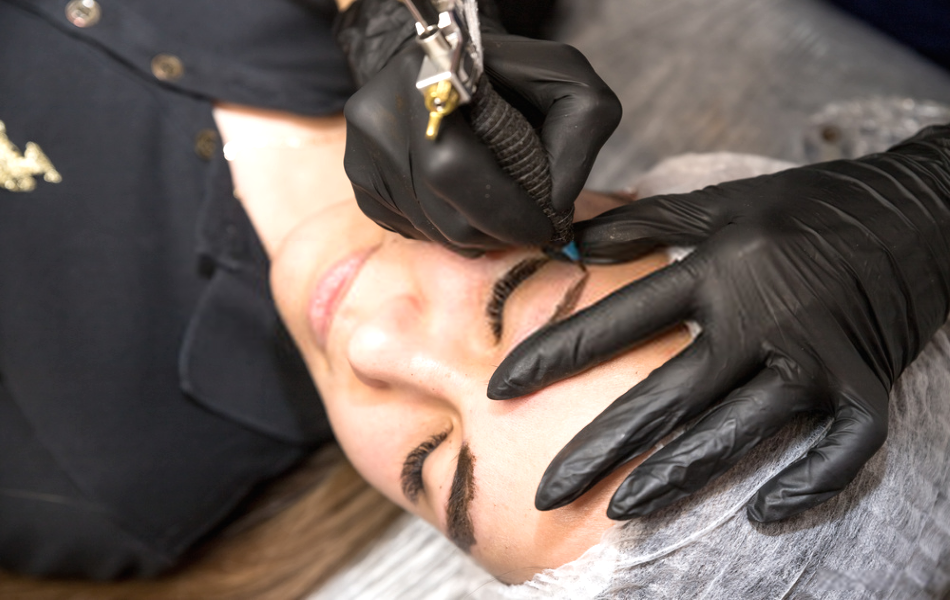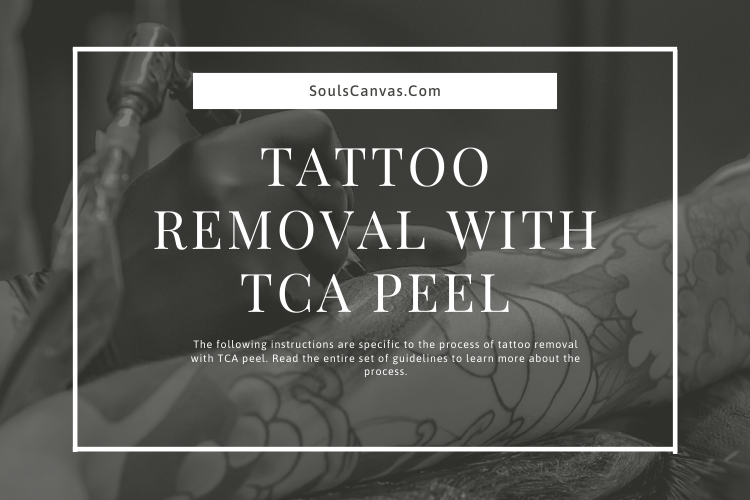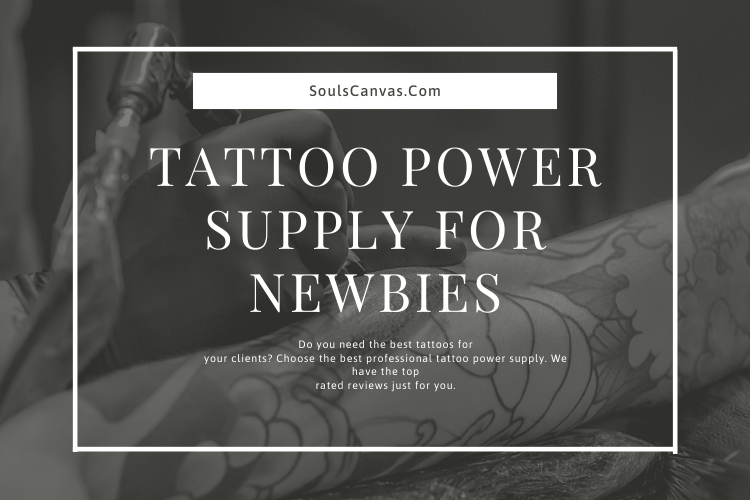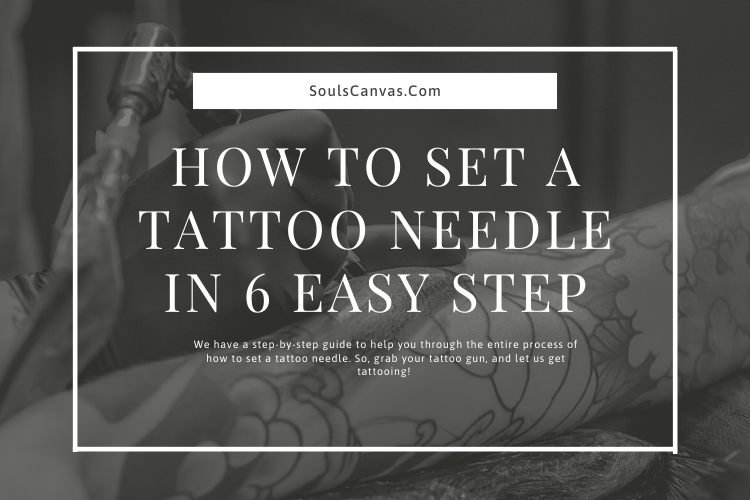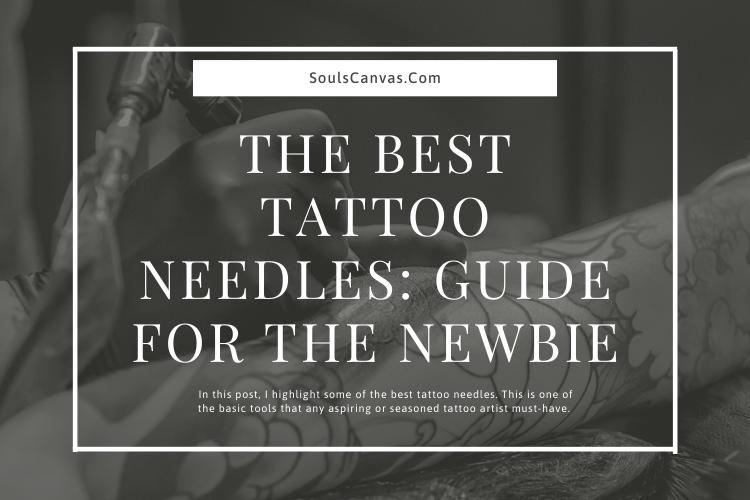A successful eyebrow tattoo procedure begins by:
- choosing a certified permanent makeup professional {CPCP or the international equivalent} who will provide safe eyebrow tattooing services in a licensed clinic or health inspected private practice where strict medical-grade hygiene and sterilization standards are maintained.
- ensuring that the equipment used, be it high-tech digital devices or manual SofTap tools, will have single-use needles or disposable cartridges {such as the Nouveau Contour needle/cap cartridges}.
To quickly find a micro-pigmentation expert in your area, view profiles in the Professional Directory where specialists are listed according to region. Each cosmetician, technician, or micropigmentologist level of certification, years of experience, and techniques differ, so consult various websites.
Make sure that your professional aesthetician or tattoo artist is certified. In the US there is the Society of Permanent Cosmetics, and individuals who have been certified will use the term CPCP {Certified Permanent Cosmetic Professional}. Facilities can be clinics, private practices, medical or plastic surgery centers, aesthetic / beauty salons, or tattoo shops, but all must have a cosmetic tattooing area and a certified permanent makeup specialist who meets professional micro-pigmentation standards and follows strict medical-grade hygiene guidelines.
Permanent Eyebrow Tattoos – General Overview
- It is recommended to choose a micro-pigmentation specialist who is experienced in the latest HAIRSTROKE and soft shading techniques using custom blended pigments to get the most natural colors and designs that mimic brow hair. You can add more color later, but tattoo removal or lightening is difficult. Tale a conservative approach and you will be more satisfied with the results.
- An eyebrow tattoo is a delicate procedure that requires technical skill, artistry, the correct instruments, needles, equipment and demands the application of an ANESTHETIC to keep you comfortable before and during the procedure. An eyebrow tattooing procedure can be comfortable and trouble-free if you have wisely selected a clinic, tattoo shop, or professional aesthetician experienced in modern micro-pigmentation techniques and will provide a topical anesthetic to numb the region where the tattooed eyebrow will be created. This is essential because the micro-pigmentation needles rapidly penetrate and puncture the skin in a very small area during an hour or so and this can cause trauma to the skin in that delicate area. However, if an anesthetic has been applied, you can expect to feel a tickle at first, a bit of pressure, and a tugging sensation, then a little stinging at the end.
- Once the permanent eyebrow tattoo procedure is complete, get aftercare instructions and some basic items to keep the area clean and moisturized. Depending on the techniques used, newly tattooed eyebrows need care for 3 days – 2 weeks or more.
- Be sure to schedule a follow-up visit with your specialist for 4-6 weeks after the initial procedure to check to heal and do any touchups that may be required.
Cosmetic Tattoos versus Artistic Body Art
While body tattooing artists are skilled professionals that work in hygienic settings with specialized equipment to implant ink or pigment into the dermis, cosmetic tattoos {those that reconstruct hair-like eyebrows or add the appearance of fullness to thin brows, define the eyes with eyeliner or dot-like lash enhancements, lip liner or full lip pigmentation, paramedical procedures for areola regimentation and scar camouflage} are different from artistic permanent tattoo procedures in some important ways:
- Permanent Cosmetic Professional Certification
Professionals who are qualified to perform cosmetic tattooing procedures on the FACE and other delicate body areas {such as the breast for camouflaging surgical scars}may be licensed aestheticians or cosmetologists, nurses {RN}, medical assistants {CMA}, registered dental hygienist {RDH} and/or other professionals working within or near a medical clinic {for example: in conjunction with plastic surgeons}or in an aesthetic salon, but they must be certified micropigmentologist or permanent makeup technicians. In the United States, such professionals use the abbreviation CPCP which stands for Certified Permanent Cosmetic Professional, and these individuals must undergo specific permanent makeup training in cosmetic tattooing using micro-pigmentation techniques with equipment designed for the permanent makeup industry.
- Professional Micropigmentation Equipment
Most artistic tattoo professionals that work from a tattoo shop, studio, or another private environment will utilize high-powered coil machines. While the equipment is indeed powerful and uses sterile disposable needles and provides artists the ability to create precise outlining and artistic details, they’re not ideal for facial procedures in delicate regions such as the eyebrow, eyelids, lash lines and lips. Most micro-pigmentation specialists who provide permanent makeup services will choose high-tech digital panels connected to handheld devices, such as the Nouveau Contour systems with auto-adjusting or adjustable needle frequencies, adjustable depth penetration with single-use cartridge-style needle/caps that eliminate cross-contamination, are lightweight and provide exceptional control. The PMU rotary-style machines, needles, and pigments for delicate facial procedures are specifically designed for cosmetic purposes and require qualified, certified and experienced technicians to use them properly.
- Techniques for Cosmetic Tattoos
The techniques used by an artist in a tattoo shop versus those used in a permanent makeup clinic or salon are based on similar principles – that of depositing pigment to a specific depth and with a certain number of needle punctures per second to achieve a desired design or effect. However, creating eyebrows, for example, requires knowing the hair stroke technique which simulates individual hairs, especially for patients with alopecia {who have no hair}or adding a powdery filler between hairs to provide a 3-dimensional shading effect that looks as natural as possible. Permanent eyeliner techniques may involve depositing a single drop of pigment between lashes to create the illusion of thicker / darker eyelashes but only in the lash line. Other techniques provide subtle outlining of the eyes, smudging techniques on the eyelids to provide soft shadowing with pigment blends that may involve mixing colors to achieve flesh-tones that go with specific skin types. Areola reconstruction and regimentation is a field with specialties all its own, and scar camouflage involve providing realistic flesh pigments to make white scars appear less visible. Cosmetic micro-pigmentation requires a different type of artistic skill and a series of highly specialized techniques, for which certified permanent cosmetic professionals undergo extensive training and are tested.
- Cosmetic Micropigmentation Clinics versus Tattoo Shop Artistry
Artists working from a modern tattoo shop will offer excellent hygiene, sterile equipment with disposable needles, anesthetic and a comfortable environment, however, a tattoo shop is more often an artistic center for body art with all the charm that goes with that field, while in most cases, permanent makeup will be done in a cosmetic micro-pigmentation center, clinic or salon that resembles a medical or dental facility. PMU procedures are most often done in a clinical environment {inspected and certified by a local Board of Health authority}, and it’s not surprising this is the case. Cosmetic tattooing procedures are done in a medical-type atmosphere partly because many of the “clients” who want such procedures are in fact “patients” seeking help to correct or minimize the effects of medical conditions such as alopecia, Vitiligo discolorations, skin pigmentation disorders, post-surgical scars, lip contouring to minimize wrinkles, correction of asymmetrical facial features – lips, eyes, brows and post-mastectomy areola reconstruction and regimenting and/or post-cosmetic surgery scar camouflaging. In many cases, cosmetic tattoo professionals are skincare and beauty professionals that also have a medical or dental background and may work in cooperation with cancer centers and reconstructive or plastic surgery clinics. The professional care, hygiene, and comfort level offered by cosmetic tattooing professionals should equal that of a medical facility or surgical clinic.
- Multiple Permanent Makeup Procedures
Cosmetic tattooing or permanent makeup is not only for the brow. Many people schedule several sessions {or multiple procedures in one day} to have tattooed eyebrow procedures and get their eyes lined and lips enhanced or filled with color. Each procedure takes about 1 hour.
A successful eyebrow tattooing procedure requires these 10 basic things:
- A permanent make-up artist or aesthetician who is well-trained and experienced.
- Pigments that match the tone of your skin and color of your hair.
- Receiving the right anesthesia prior to the procedure.
- Using a SofTap manual tool or any good rotary tattoo machine.
- Choosing the right needs for the specific style of cosmetic tattoo.
- Drawing a sketch of the final shape you want on your brow.
- Anesthesia and creams that will be used during the procedure.
- Correct usage of aftercare products after the procedure.
- Aftercare products to prevent swelling, itchiness, and infection.
- A follow-up visit to your specialist 2 to 6 weeks post-procedure.
The Anesthesia or Numbing Agent
Most numbing agents are safe for eyes, eyebrows, and lips and some creams are very smooth and effective especially those that contain about 4% Lidocaine made especially for eyebrow permanent makeup applications. Some professionals use a blend of Lidocaine and Epinephrine and other experts, with years of experience, have developed their own proprietary anesthetics especially designed for delicate permanent makeup procedures. There is no reason to grit your teeth and endure pain if sensation begins to return to the area. Even if the micro-pigmentation tattoo procedure is underway, instant numbing agents help keep clients comfortable and allow the skin to relax without getting dehydrated as the aesthetician creates permanent makeup eyebrows, lips or eyeliner.
Avoiding Bleeding
If you tend to bleed, this may not only be uncomfortable and unhealthy, but it may get in the way of the technician’s work. It is difficult to make fine lines and use feathering techniques if there’s constant blood. There is a special gel that can eliminate most of this; a coagulating gel that stops bleeding and swelling (specific for use during the creation of permanent tattoos) and can be combined safely with other numbing cream or instant painkilling ointment. It also contains Epinephrine.
Do not forget to tell your cosmetician beforehand if you tend to bleed more than average so she/he can have the right products prepared.
Eyebrow Tattoo Needles
You may not need to know what tattoo equipment or what needle your cosmetic permanent makeup specialist has chosen, it may suffice to see her/him remove it from a sealed wrapper and insert it into a machine to know it’s sterile and disposable. Nevertheless, if you are curious, you can ask your specialist about needle sizes and find out that round ones are mostly used to add filler to brow create thick eyeliners and sometimes for filling lips.
(Note: The difference between a lip tattoo and a lipliner or a full lip filling tattoo in that a lip tattoo is considered a decorative mark inside the lip; done in an artistic tattoo shop, while a cosmetic tattoo is for adding color to the entire lip. Round needles for tattoo makeup are used to eliminate scaring on sensitive parts such as procedures done on the lips.)
There are 2 prongs round needles that deposit pigments quickly and evenly. Another important factor is the angle of the needs. There should be no back suction of pigment or blood. {The latest Nouveau Contour cartridge style needles and the engineering of the equipment prevents this and makes cross-contamination virtually impossible.} 3 and 4 prong flat needles may be used to prevent excessive bleeding and do not scar delicate areas. 6 prong needles that are flat may be used for lip liner and to mimic fine brow hairs. 7 prongs round needles provide strong lines and fill areas quickly.
Eyebrow Shape with Stencils
The eyebrow shaping consultation with a permanent cosmetic professional is imperative. She/he will use an eyebrow pencil or semi-permanent pen to create an initial sketch. You can help by getting professional stencils and trying various designs beforehand, then when you are at the consultation you will know if the shape suggested is what you want. Cosmetic tattooing is permanent, and it is on your face! Get the eyebrow shape right the first time so will not need to think about eyebrow tattoo removal.
Temporary Eyebrow Tattoos
To find shapes that suit your face and structure of your brow, you may want to try temporary tattoo brows that are waterproof or smudge-proof to get an idea of what to expect before the actual procedure. There are many different styles and colors of temporary tattoo eyebrows.
In addition, it is easy to apply for temporary eyebrow tattoos. A pen from Sephora is waterproof and is meant to create a temporary eyebrow tattoo or eyeliner that will provide an idea of what to expect. Note that brows drawn-on with a pen {or the temporary tattoos that stick on} are not custom-designed and will not mimic feathering or hair stroke techniques. Nevertheless, if you like what a semi-permanent eyebrow tattoo looks like, you will probably be pleased with the real ones.
More Suggestions for Temporary eyebrow tattoos
There is a great way to test whether you will like an eyebrow tattoo {or other permanent cosmetics} by asking your micro-pigmentation specialist about the Magic Style’s semi-permanent pen that mimics the effects of an eyebrow, eyeliner or lip liner tattoo. The Magic Style’s semi-permanent makeup pen is sometimes used by cosmetic tattoo artists to draw temporary hair on the brows {and other areas} before doing the actual procedure and sometimes to create the initial outline. These temporary eyebrow tattoos {that can be expertly drawn-on by a professional} will last 24 hours or longer. Ask your technician if she has the semi-permanent Magic Style’s pens so you can give your brows, eyeliner, or lip tattoo a trial run before making them permanent.
Video Credit – Thicken It Studios
Eyebrow Tattoo Cost
Eyebrow tattoo cost is relatively affordable, especially since the alternative is eyebrow implants {eyebrow transplant surgery} which costs between 2 and 3 thousand dollars. Yet, even expert master micropigmentologist eyebrow tattoo price ranges around $400 to $800 per procedure. To get exact permanent makeup price quotes and see tattoo eyebrows pictures by experts in the industry, consult the list of professional permanent makeup experts in your area that can be found in the Professional Directory.
Eyebrow Tattoo Aftercare
Once the eyebrow tattooing procedure is complete, your permanent makeup cosmetician will apply something to soothe and protect the newly tattooed area. Tattoo care is important right from the start. The brow area has had a needle inserted into the skin hundreds of times and requires help to heal. It needs something to calm the swelling, ease the stinging, protect from infection, and moistures the skin. Moisturize, moisturize, moisturize – that is the key to eyebrow tattoo aftercare. You do not want your new brows to scab-up and flake away.
Tattoo Care at Home
Do not panic if your brows begin to itch and form scabs. Do not pick the scabs. Do not rub the area. Pat gently, splash with cool water, apply ice, soothe with aloe and fragrance-free lotion, or use an analgesic ointment to calm the itching. It is best not to wash the brow area {just splash with cool water} and do not scrub them in the shower or take long hot baths for about a week.
The trouble with Brows –
- If your permanent make up tattoo appears too dark, do not worry. Eyebrow tattoos often look darker than expected for a few weeks, but they usually fade.
- If you are unhappy with the shape, if there is been a mistake or they do not appear to be healing properly after 48 hours, call your micro-pigmentation specialist. She/he will explain what can be done to correct the shape, design, or color after 4-6 weeks.
- If everything is not perfect, do not sulk. Make an appointment with your permanent makeup specialist and plan how to fix things. Most lighting procedures or minor corrections are best done as soon as possible.
Give Your Brows a Month
In most cases, brows will heal in a couple of weeks but give them a month to fade a little and heal completely. Never have a procedure done anytime near a special event. Plan your cosmetic eyebrow tattoo procedure for the least eventful month.
Reasons for Permanent Cosmetic Tattooing
- Some women with eyesight problems forgo makeup because they cannot see what they are doing. Others have shaky hands and find it difficult to apply eyeliner or use eyebrow pencils. For these ladies having eyeliner or eyebrows permanently tattooed makes life easier.
- Another reason woman opts to have permanent facial tattooing is because of allergies to commercial cosmetic products.
- Women who have undergone chemotherapy or suffer from a hair loss illness find cosmetic tattooing an affordable alternative to expensive hair replacement surgery.
